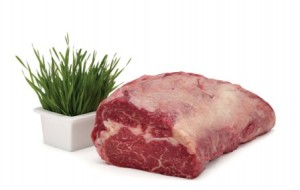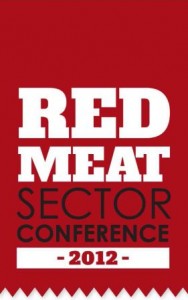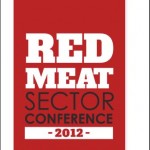Global meat prices could face a surge next year, bringing mixed blessings for New Zealand’s meat exporters and producers, and potentially bad news for consumers around the world.
The main concern is the severe drought in the US – the worst for half a century – which has caused US wheat, corn and soyabean crops to fail. At the same time, adverse weather conditions are also said to be affecting grain harvests in Russia, Ukraine and Kazakhstan. Responding to the shortages, grain prices have surged.
This is good news for New Zealand’s arable farmers – recent figures released by the Ministry of Primary Industries shows that arable farm profit has risen by 136 percent on the previous poor season and forward contract prices for wheat and barley have been going up in recent months because of the US drought.
However, the higher grain prices are impacting on feed prices and will, ultimately, force up downstream prices of foods dependent on grain, including grain-fed meats, in particular beef, poultry and pork. This is the bad news for consumers around the world, with huge numbers potentially finding some foods out of their reach financially, and causing concern for governments and non-governmental organisations (NGOs).
Speaking at the Red Meat Sector Conference in July, GIRA’s Richard Brown had pointed to the fact that global feed prices were at that point already trending higher “with almost the opposite weather conditions to 2011 in the Northern Hemisphere”. He said that this was leading to producer caution around the world.
Now, as supplies dwindle further, US farmers are killing off stock they cannot feed in drought ravaged areas – according to the United States Department of Agriculture (USDA)’s US Drought Monitor, 63 percent of the nation’s hay acreage and 72 percent of the cattle acreage is in areas experiencing drought.
US beef is being bought, frozen and stored for later use. meatpoultry.com reports that the US Defense Logistics Agency (DLA) is procuring US$100 million worth of supplies of meat poultry and fish, to provide drought relief for the US agriculture industry. These supplies will be stored and distributed to American troops around the world, including Afghanistan.
B+LNZ Ltd chairman Mike Petersen reports that US corn yields are being revised down daily and, while there is good confidence in the future of beef, returns generally are going to be dampened in the short-term.
“Reports are predicting an increased flow of US beef on the markets through November and December as a result, but for prices to increase strongly by January with dwindling supplies and the effects of sharply increased grain prices for feedlots,” he says.
Grass-fed beef will not face higher grain input costs
 The good news for New Zealand meat exporters is that, with this country’s grass-fed production system, the sector will not face these higher grain input costs, says Meat Industry Association (MIA) chief executive Tim Ritchie.
The good news for New Zealand meat exporters is that, with this country’s grass-fed production system, the sector will not face these higher grain input costs, says Meat Industry Association (MIA) chief executive Tim Ritchie.
“All other things being equal, the predicted – grain induced – rising tide of prices later this year should benefit New Zealand at least in the short-term.”
Of more concern to Ritchie and meat exporters are the structural changes to the global meat system, as in recent years China has turned to become a net importer of grain, as opposed to a net exporter.
Ultimately though, it’s New Zealand meat consumers in markets overseas, such as those facing economic pressure in Europe and where demand is expanding such as in Asia, who will make or break the fortunes of the industry.
“It all comes down to the person on the street being more careful with their discretionary dollar,” he says. That, in turn, reinforces the need for the meat industry to continue to develop market-driven products that fit with the needs of the targeted consumer.
“The ‘new norm’ for meat price prediction is ‘volatility’, which makes short-term predictions of price and demand dangerous,” says Ritchie.
“However, the long-term forecast is for meat demand to grow, particularly in Asia.”













